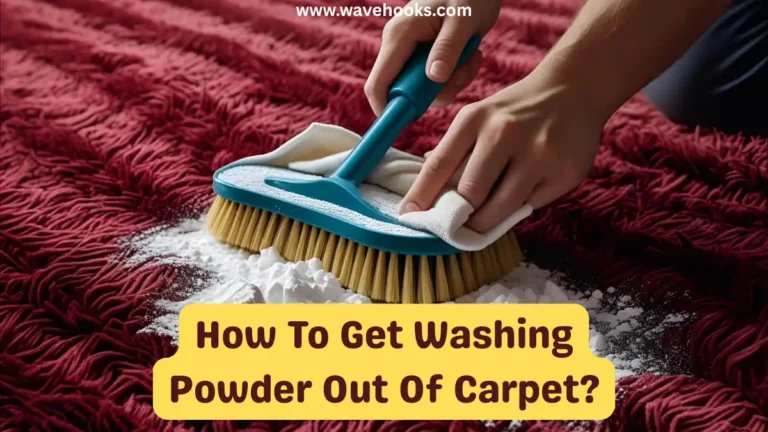Can I put water softener salt in my toilet tank? That was the exact thought that popped into my head one afternoon.
Every time I replace the softener salt, I wonder what else I could do with the leftovers.
The idea of dropping some into the toilet tank felt like a quick fix for those ugly hard-water stains.
But then reality hit, before trying something that wild, research is a must.
And if you’ve ever had the same curiosity, I’ve done the digging for you.
Simple Answer: Can I put water softener salt in my toilet tank?
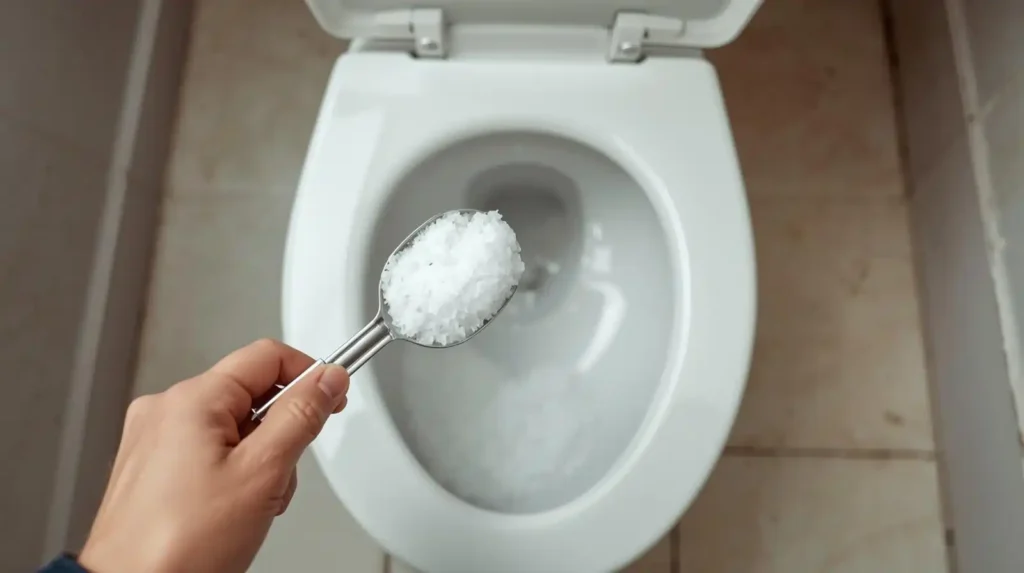
When I first wondered, Can I put water softener salt in my toilet tank? I imagined a quick fix for stubborn toilet rings.
The short story: technically, yes, you can drop a few crystals in.
But here’s the catch: it won’t soften water, and over time, it can damage metal, rubber, and plastic parts.
What started as a curious hack quickly turned into a lesson in why some shortcuts aren’t worth the risk.
How Does Water Softener Salt Actually Work?
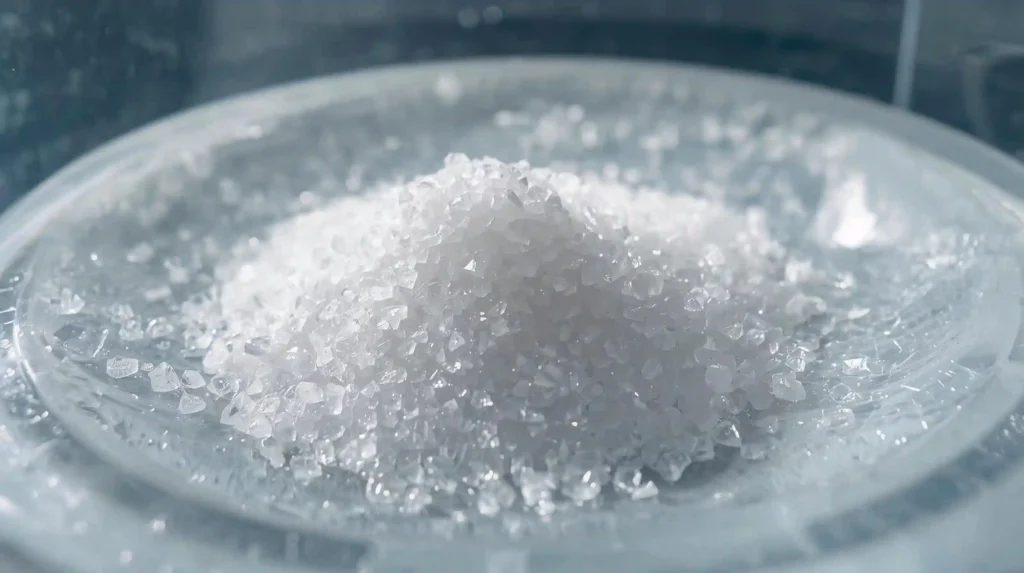
When I first wondered, Can I put water softener salt in my toilet tank?, I realized I had to understand how this salt really works.
Here’s what I found:
1. It’s not just table salt: Water softener salt is usually sodium chloride or potassium chloride, designed to regenerate the resin beads in a softener system.
2. Resin beads do the real work: They capture calcium and magnesium from hard water and replace them with sodium. Without the resin, the salt can’t soften water.
3. Direct use in a toilet tank fails: Dumping salt straight into the tank doesn’t remove minerals. All it does is make the water salty, which could interact with rubber, metal, and plastic parts.
4. Salt works in controlled brine: Inside a softener, salt gradually dissolves into a brine solution, flushing the resin beads. This precise process is what prevents scale and stains.
Note: Even though it sounds clever, putting water softener salt in a toilet tank isn’t effective and could cause hidden risks.
If you are looking to make your bathroom smell like a spa instead of softener salt try these easy bathroom hacks!
Can You Put Water Softener Salt in a Toilet Tank? Risks and Realities
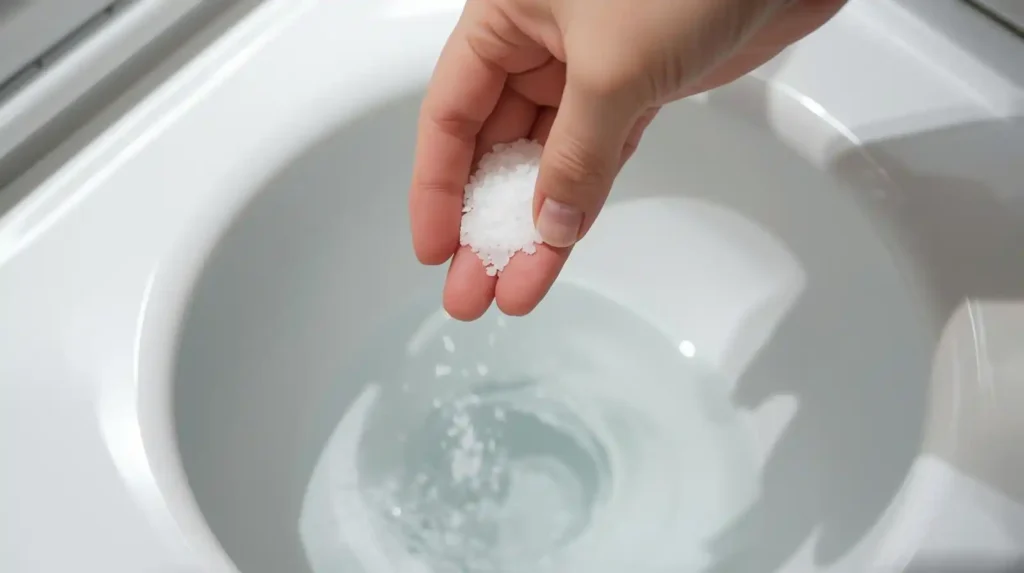
After learning how water softener salt functions in its intended environment, the next thought that haunted me was: Can I put water softener salt in my toilet tank?
At first, it seemed like a clever way to reuse leftover salt.
I imagined dropping a few crystals into the tank, waiting a week, and magically waking up to a stain-free bowl.
It sounded simple, cheap, and genius. But as I stared at my toilet, reality set in.
Toilets aren’t just bowls of water, they’re systems of metal, rubber, and plastic components, all of which react differently to salty environments.
Suggested Read: How To Make A Toilet Smell Better With 20 Easy Hacks!
How Salt Interacts With Toilet Tank Components
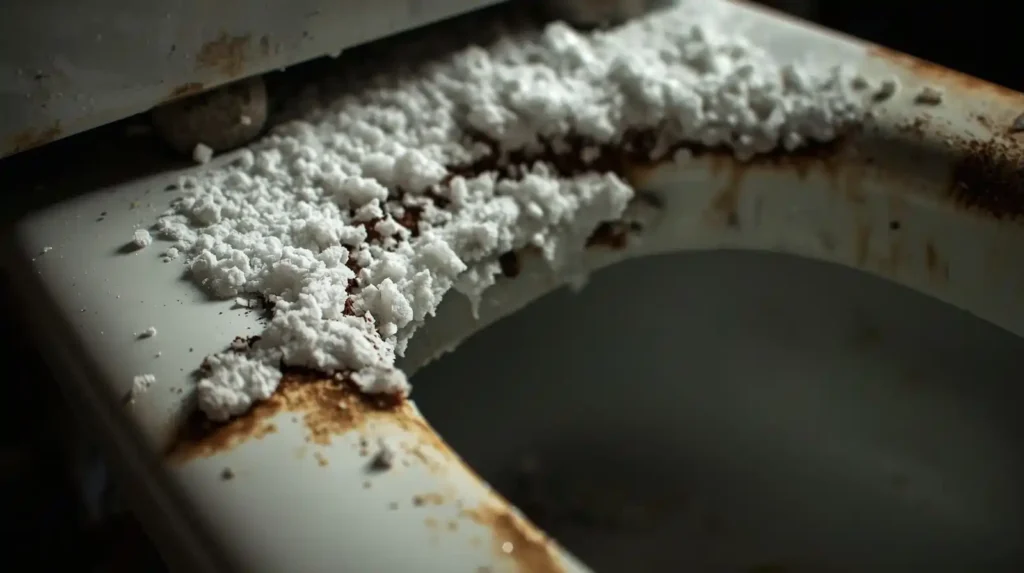
Understanding how salt affects a toilet tank is key before attempting anything.
I learned this the hard way from forums filled with both curious and regretful homeowners. Here’s what can happen:
1. Metal parts
Bolts, screws, and flush handles may corrode over time. Saltwater, even at low concentrations, is mildly corrosive. I read a post where a homeowner poured leftover softener salt into the tank and noticed the metal flush chain had rusted within three months. Small amounts seemed harmless at first, but the cumulative effect is damaging.
2. Rubber components
Flappers, gaskets, and seals are sensitive to chemical changes. Long-term exposure to salt can make these parts brittle, reducing flush efficiency or causing leaks. One forum user shared that their toilet began to run constantly after adding salt for just a few weeks; the culprit was a flapper seal that stiffened and stopped closing properly.
3. Plastic components
While usually resilient, high concentrations of dissolved salt may cause minor discoloration or sediment buildup. This can slowly interfere with flushing mechanisms or clog small passageways inside the tank. Even if nothing happens in the first few flushes, the long-term consequences are where the problem lies. Salt may sit harmlessly for months, lulling you into a false sense of security, only for corrosion or wear to appear later.
Note: Even if nothing happens in the first few flushes, the long-term consequences are where the problem lies. Salt may sit harmlessly for months, lulling you into a false sense of security, only for corrosion or wear to appear later.
Why Salt Alone Doesn’t Soften Toilet Water
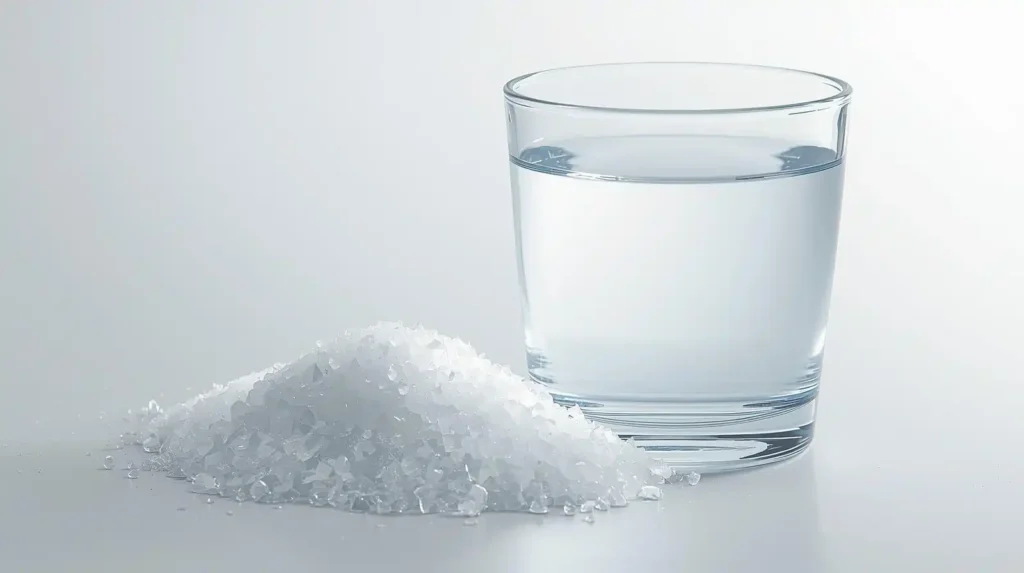
This is where the science comes in. When I first asked myself, can I put water softener salt in my toilet tank, I imagined it magically softening the bowl water.
Inside a softener system, salt dissolves into a brine solution that regenerates the resin beads.
These beads are critical; they swap sodium ions for the calcium and magnesium ions in hard water.
Without the resin, the ions remain untouched, and the water hardness stays exactly the same.
I had this mental image of salt crystals dissolving in my toilet and magically softening the water, but chemistry doesn’t work that way.
Calcium and magnesium, the real culprits behind stains, remain suspended in the bowl water.
All you get is slightly salty water in the tank, which, as we’ve seen, can create corrosion or rubber damage over time.
can i put water softener salt in my toilet tank: Common Misconceptions
Many people think adding water softener salt to the toilet will: Prevent mineral rings in the bowl.
Make toilet cleaning easier. Act as a mini-softener for leftover salt.
I had believed these myths myself until I read plumbing forums and scientific explanations.
While the idea seems appealing, the truth is that salt without a resin-based system cannot soften water, and any perceived benefit is temporary at best.
Suggested Read: Why Does My Shower Smell Bad? 10 Causes With Easy Fixes!
5 Safe Alternatives Instead of Putting Water Softener Salt in Your Toilet Tank
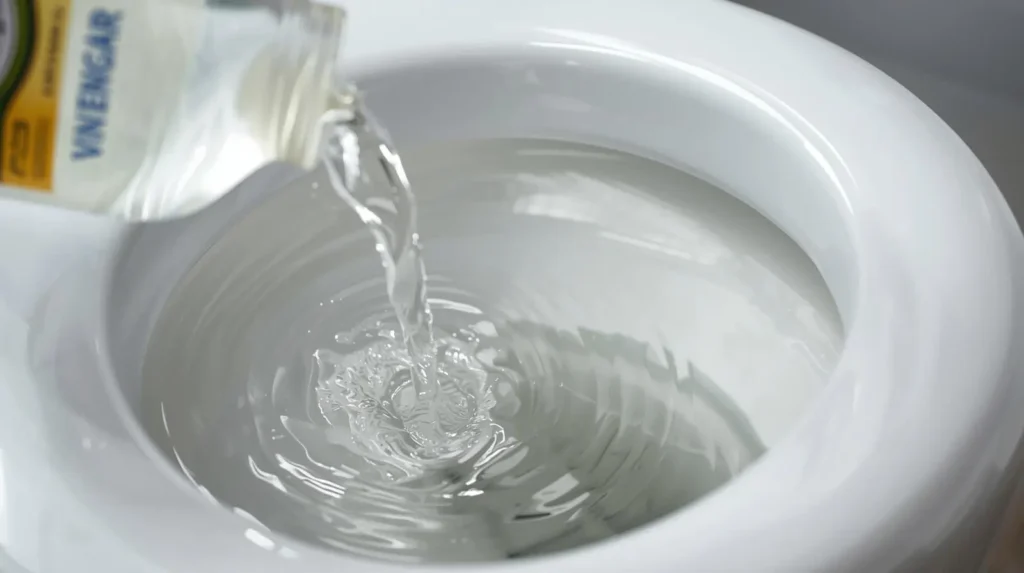
When I first wondered, Can I put water softener salt in my toilet tank, I thought it could be a quick fix for stubborn stains.
Curiosity got the best of me, so I tried a tiny amount once. Within a few weeks, I noticed the flapper seal had started to stiffen, and a faint layer of salt sediment had settled at the bottom.
Clearly, this wasn’t working as I had imagined. After some research and trial-and-error, here are 5 alternatives that actually work:
1. Vinegar Soak – I poured a cup of vinegar into the tank and let it sit overnight. The next morning, mineral stains were easier to scrub off, and nothing in the tank was damaged.
2. In-Tank Descaler Tablets – These are designed for toilets. I dropped one in, and over a few weeks, it prevented new rings without harming any components.
3. Regular Manual Cleaning – Using a brush with mild cleaner every week kept the bowl and tank spotless. It felt more effort initially, but it worked better than any salt hack.
4. Baking Soda & Vinegar Combo – Sprinkling baking soda in the bowl and adding vinegar created a fizz that lifted stubborn deposits. I tried it for a month, and the results were surprisingly effective.
5. Whole-House Water Softener – Instead of experimenting with leftover salt, installing a proper softener for all water lines made my toilets, faucets, and showerheads mineral-free, safe, and permanent.
These alternatives gave me cleaner toilets without risking corrosion or damaged seals, a lesson I learned the hard way.
Suggested Read: How To Get Rid Of Boy Pee Smell In Bathroom(Instant Fix)
Reflection and Takeaway
So, can you put water softener salt in a toilet tank? Technically, yes, but should you?
The risks, metal corrosion, rubber degradation, sediment buildup, and no real water softening make it a bad idea.
I had to let go of my curiosity and instead focus on safer, proven methods. In the end, understanding the science behind water softener salt changed my perspective.
What once seemed like a clever hack became an experiment with predictable downsides.
Now, instead of pouring salt into a toilet, I use smart alternatives to keep my toilet stain-free and my plumbing safe.
FAQs: Can I Put Water Softener Salt in My Toilet Tank?
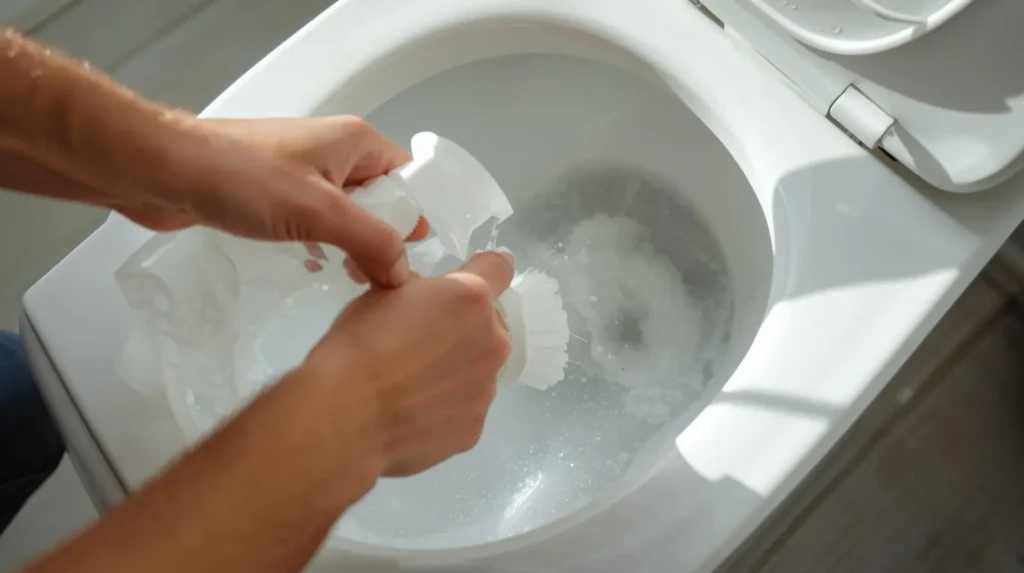
1. Can I put water softener salt in my toilet tank to soften the water?
It might sound logical, but water softener salt doesn’t work alone in a toilet tank. Without the resin beads found in a softener system, the minerals stay untouched. All you’ll end up with is salty water that could slowly damage your tank parts.
2. Will water softener salt in a toilet tank damage rubber seals or metal parts?
Yes, that’s the biggest risk of trying this hack. Over time, the salty water corrodes bolts, weakens rubber flappers, and can even leave sediment at the bottom. What looks harmless today may cost you a repair tomorrow.
3. Can I put water softener salt in my toilet tank to prevent hard water stains?
Sadly, no, it won’t prevent those rings and deposits. Salt alone cannot stop calcium and magnesium from clinging to your toilet bowl. Regular cleaning or proper water treatment is the only lasting solution.
4. Is it safe to experiment with small amounts of water softener salt in my toilet tank?
Many homeowners think “just a pinch” won’t hurt, but even small doses add up. With every refill, the salty residue lingers, slowly wearing down components. The risk grows silently until one day the toilet stops working right.
5. What should I do instead of putting water softener salt in my toilet tank?
If you want cleaner toilets, safer options exist. Vinegar soaks, in-tank descaler tablets, or even a whole-home softener provide real results. Unlike salt in the tank, these methods fight stains without risking corrosion or leaks.
Suggested Reads:



